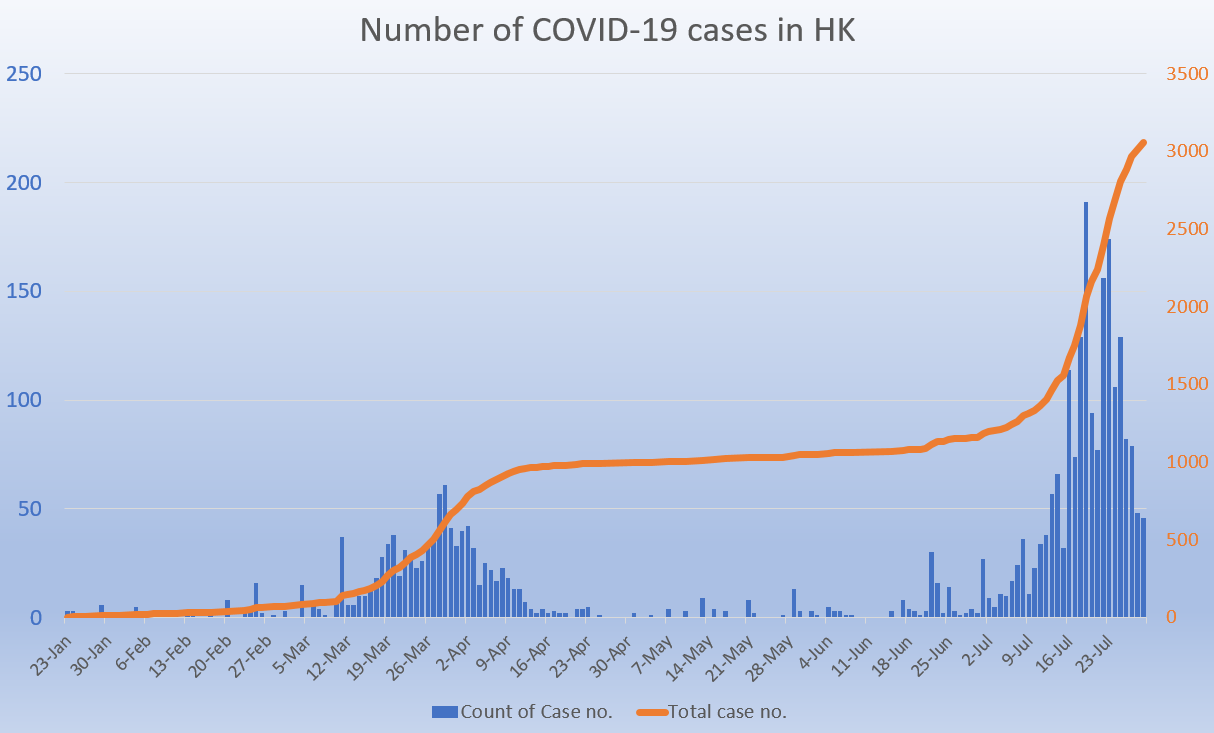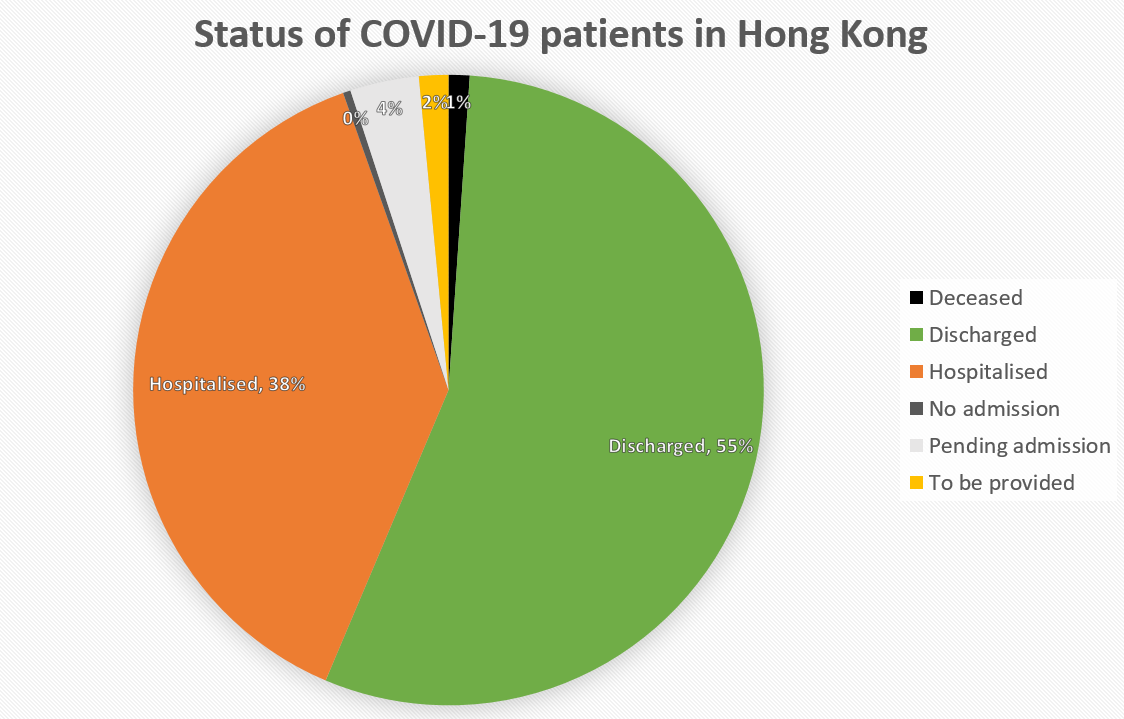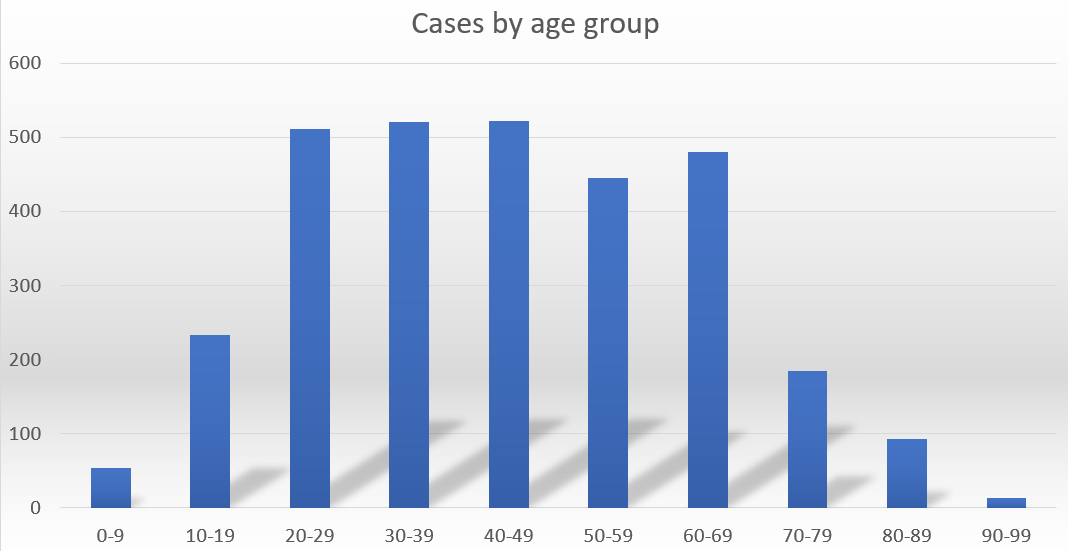The novel coronavirus outbreak across the world has been going on since late 2019 and shows few signs of declining.
China's performance in controlling the spread of COVID-19 is exceptional with a data curve that's been almost flat for months.
But small numbers of cases have been showing up now and then, with the surge in Hong Kong since early July the most prominent.
The situation in the special administrative region (SAR) deserves special attention because of complications arising from political tensions and recent riots.
How come Hong Kong has fallen into a new round of infections? What is the impact on people's lives? Is there a viable solution?
We at CGTN Digital checked the data on the recent outbreak of COVID-19 in Hong Kong to try to find out what's really happening.

Data source: Hong Kong government
Data source: Hong Kong government
It's clear that Hong Kong has experienced two spikes of COVID-19 cases, one in March and the other in July.
The July wave hit the city much harder, pushing the number of total cases above 3,000 as of July 30.
Compared to other provincial-level areas in China, Hong Kong is now the second most infected one behind Hubei, where Wuhan is located.
But the scale of outbreak in Hong Kong is much smaller than in Hubei with only about 1/20th of confirmed cases.

Data source: Hong Kong government
Data source: Hong Kong government
The condition of the confirmed COVID-19 patients is mostly good, with more than half of them having been discharged from hospital.
Being discharged basically means that doctors have judged that the patients have recovered from the disease.
More than 1,100 are still being treated in hospital. And 24 have, unfortunately, left us.
The current death rate is about 0.8 percent, well below the global average of 4 percent. This may signal that Hong Kong's health care system has responded better than most regions to the pandemic.
We can assume that hospital beds didn't fall short due to the surge of patients, as total beds exceeded 40,000 in 2019.

Data source: Hong Kong government
Data source: Hong Kong government
COVID-19 cases in Hong Kong mirror the age distribution of its residents, contradicting observations in other regions.
Other valuable data include:
Four out of ten COVID-19 cases in Hong Kong are imported, which is very high compared to the rest of China.
There's no gender preference in the number of patients.
There are another nearly 3,000 people who are "epidemiologically linked" with confirmed cases. These should be monitored during the outbreak to limit the spread of the disease. Most of the "linked" cases are related to local rather than imported infections.
For more information about COVID-19 in Hong Kong, you can visit the government's website. It's in both Chinese and English.
You can also check CGTN Digital's special for more news stories about the COVID-19 pandemic.